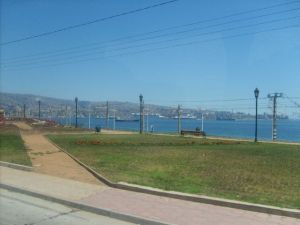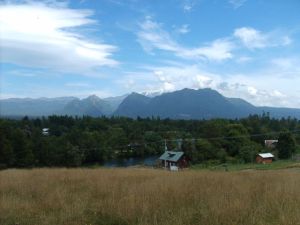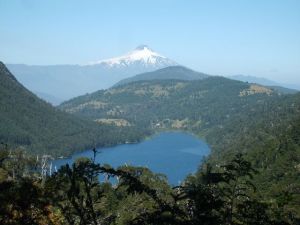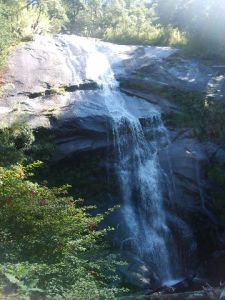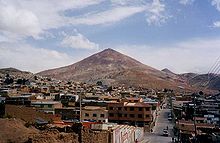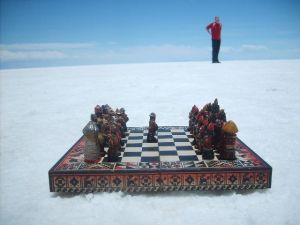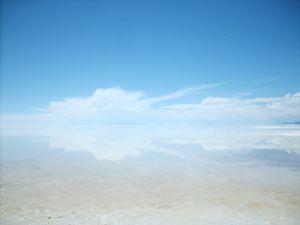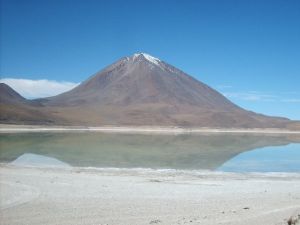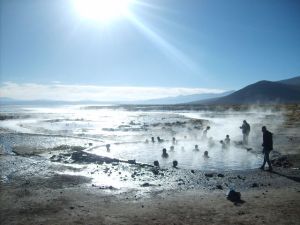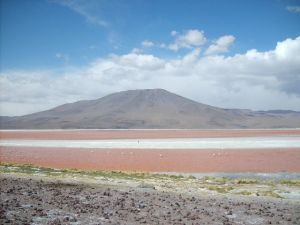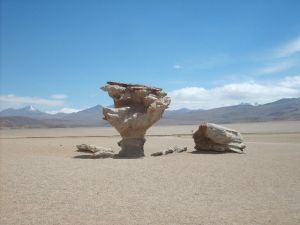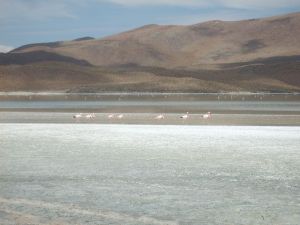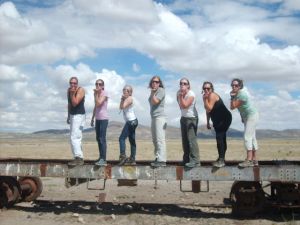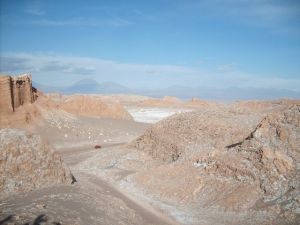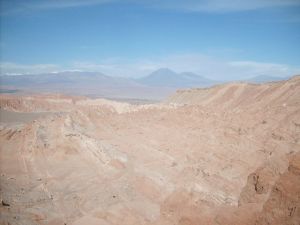I didn’t write much about Santiago last time although there is a lot to say about it. I loved Santiago from the moment I arrived. The city is clean, nice, organized, save and open, meaning, there are plenty of places to run and it doesn’t feel like a prison. It’s both close to the beach and to the mountains. People are, although their slang sometimes is hard to understand, helpful, nice and open. Of course after all this places in Ecuador, Peru and Bolivia I loved, Santiago is a place much closer to Europe and I was a little bit afraid that the wonderful indigenous moments on my travel are gone. Kind of, it’s true, but by looking at the people, Chileans look variable. Although my appearance still is a little exotic, I’m not that suspicious anymore. Beside European looking people there are still a lot of people I could imagine living as well in Bolivia. Chile has got a great mixture. In my life and all my travels abroad, I have not really been to many cities I could imagine living in. Besides Santa Barbara in California, one is Barcelona, another one is Santiago. Although it is said it gets a little chilly in winter. But hey, what do you expect? It’s always been chilly in Chile 🙂
Anyway, I just loved the city. When the GAP people disappeared one by one I relocated to Chimba hostel in Bellavista barrio where I was going to meet Michelli. The night before he arrived it happened. I got to know Alba, rather luckily. If Diego and Andrea wouldn’t have picked me up for another beer, if I would have followed my plan to go to sleep earlier, if there wasn’t a concert the same night Alba attended, if the hostal would have followed their internal rule not to let in Chileans (“but hey, these ones are nice, no?”, Diego, the guy at the reception said), if there wasn’t her sister strongly supporting us, if I didn’t hand over a beer… and a lot more coincidences, we would just have gone our individual way. But she became my girlfriend. So, that must be enough gossip for all of you who have heard rumours about it. The story belongs to us.
As Alba left towards home to Curicó, Michelli arrived and we spent two more days in Santiago before heading to Viña del Mar, which we decided the last moment instead of going to Valparaiso. I was told by many travellers before that Viña is nicer than the just 3 km away Valparaiso. It was ok, but I thought Valparaiso, though I didn’t see much of it, a lot more authentic then this rather corny and touristy Viña. Michelli relocated to Valparaiso while I decided on short notice to head forward to Curicó for Alba’s sake and wait for him there.
Valparaiso
In Curicó Alba surprised me by taking me to the countryside near Molina where we spent the weekend camping. I got to know some more of her nice friends while swimming, doing BBQ (no problem being a vegetarian) enjoying the warm sun and drinking beer. It’s been a wonderful lazy Sunday in Chilean summer.
Back in Curicó, Michelli arrived soon and after a few more days I separated again from Alba and her sister and we went further south and spent a night in Concepcion. Like Curicó, Concepcion too was badly damaged when a big earthquake (and a tsunami in Concepcion) on February 27, 2010 happened. With a magnitude of 8.8 on the Richter scale, it was the 6th highest earthquake ever recorded by seismographs. Big parts of both cities have been destroyed. Not all of it has been rebuilt since. You can see damages on several churches. It was an indescribable terrible day, but luckily, as Chile knows its threat and is on western standard, the official number of 550 dead victims is unbelievably low for a century event like this. Luckily, luckily! Alba and her friends and relatives could easily have been part of a higher number (!!!). If you want to read more about the earthquake, you should visit http://en.wikipedia.org/wiki/2010_Chile_earthquake
From Concepcion, we travelled to Pucón, which is some sort of St. Moritz in Chile, only much, much better and far less “schicki-micki” (English explanation: rich places try to appear even richer and the result is they become ridiculous). Situated in a beautiful region, which reminds me to the southern part of Switzerland around Lago Maggiore, there are a lot of lakes to visit and swim in, hikes to be done and mountains to climb or look at. But unlike Switzerland, there are 3 volcanos in the region, one of them, the 2847 high volcano Villarica is greatly visible from within the town. The volcano is active and at most times you can see little smoke escaping from its peak. You don’t actually feel it in the city, but there is a permanent danger that the volcano erupts and spits its ashes and lava to the city limits. For that, they test their alarm system I think on a daily basis at noon. The city must be evacuated quickly.
Because Pucón is such a popular place to go as well as for foreign tourists, Chilean families and backpackers, it is not easy to find accommodation. Especially in high season. High season? Good cue! When was the change from low to high season? Everywhere I was before, in Ecuador, Peru and Bolivia I’ve always been told it is low season and there are not many tourists around. But suddenly, from one day to next, withouth prewarning, I’ve been told ever since that now is high season with all the accompanying disadvantages like the need of booking ahead, everything being more expensive and less relaxed. I really can’t tell how and when it happened. But it’s no joke: it’s high season and we unsuccessfully stumbled around in Pucón in search for a hostel or even a hotel, well, just somewhere we could spend at least one night. Then we met Cecilia. She picked us up and showed us her probably unofficial hostel which had just two beds left. The price was just 6000 Pesos (about 12 USD) and for most of our stay, we have been the only non-Israelis at this place. She must be mentioned in an Israeli guide book or so…. They have a talent to find the cheapest places for living. But how stupid is it when they can save money on cheap accommodation and on the other hand a couple of young guys were so badly informed that they were about to buy a ridiculously expensive bus ticket to Santiago if we wouldn’t have told them other options.
Ojos del Caburgua
Landscape around Pucón
We also did a trip to Huerquehue National Parque close to Pucón and did a hike up to the lagoons. It’s a beautiful place and that is kind of touristy doesn’t have much recognisable impact. It’s been worth it.
Volcano Villarica and Tinquilco Lake
Cascada
Via Valdivia we now are going to Puerto Montt where we meet Alba and her sister again for one week of travel together.
Skyline Valdivia with Sea Lions

